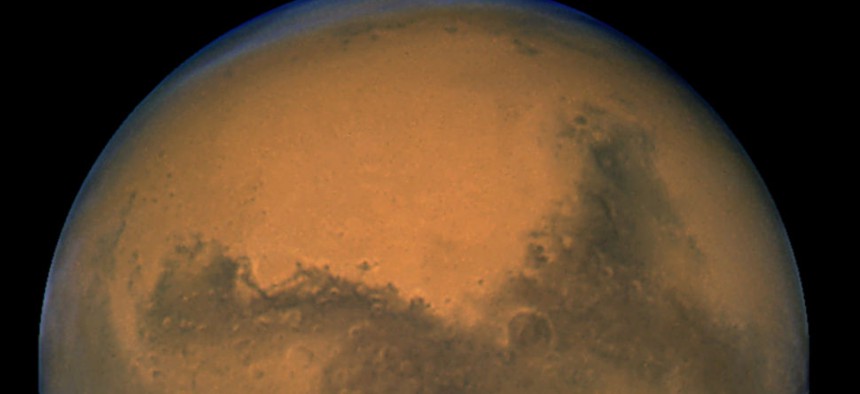
NASA
NASA and Microsoft Have Partnered to Make Remote Work Possible on Mars
The world's foremost space agency and one of the world's largest companies are joining forces to finally put a man on Mars.
The world’s foremost space agency and one of the world’s largest companies are joining forces to finally put a man on Mars. Or at least to make him feel like he is.
NASA’s Jet Propulsion Lab has created a technology called OnSight which will allow earth-bound scientists to remotely view and interact with the Red Planet using Microsoft’s new HoloLens head-mounted display . HoloLens will generate a 3D simulation of the Martian environment created by data from the Curiosity rover, which NASA scientists can explore as if they were really there.
Go to 1:15 in this video to see what scientists remotely working on the Red Planet might look like:
The 3D simulation will also have overlay sensory data to assist NASA scientists in their observations. HoloLens will allow them to control Curiosity’s operations using voice commands and hand gestures.
“Previously, our Mars explorers have been stuck on one side of a computer screen,” said Jeff Norris, JPL’s OnSight project manager. “This tool gives them the ability to explore the rover’s surroundings much as an Earth geologist would do field work here on our planet.”
NASA plans to start testing OnSight with Curiosity later this year.






